As I’m sure you are aware, external recruitment isn’t the only way to fill a vacant position within your company. When filling a vacant position within your organisation internal recruitment should always be a consideration as it offers manny potential benefits for you in the short and long term. Though the process of inducting an existing employee into a new role, known as cross-boarding, is a bit more complex than simply onboarding a new employee. In this blog, I am going to show how to make cross-boarding less complicated so that you may reap its rewards.
What is Cross-boarding
Cross-boarding is when you look internally to fill a vacant or new position within your organisation. To be considered cross-boarding an employees reporting line must change. This could be a promotion or simply a change of position.
Cross-boarding traditionally could be a fairly time-consuming process for HR managers. The process was manual despite information for both positions being within the same database. Today, however, there is a better way to do cross-boarding that uses seamless automation to complete the entire process which we discuss later in this post. First, let’s look at why you should consider cross-boarding by discussing some of the benefits associated with the practice.
Benefits of internal recruitment
Lower cost to find the right fit
Hiring a new employee can be an expensive and lengthy process that takes anywhere from a few weeks to a few months, costing on average $4129 (USD). Not to mention that external hires are paid on average 18% more, and their performance evaluations are typically worse than those hired internally for their first 24 months.
While everyone has a learning curve, internal hires tend to have a far easier curve to manage. This makes them a cost-effective choice for companies to invest in.
Higher Employee Retention
63% of employees agreed that a lack of career development opportunities would be enough to make them leave their current role. The movement of employees within an organisation shows other employees that professional development is possible within you organisation.
Time-efficient
Not only can you potentially spend less time in the hiring process, but you can also spend significantly less time in the onboarding process – as they are already on board with your company. Thus, instead of onboarding, the cross-boarding process is used for internal hires. In this process you the focus is around the employees new contract and less on gathering their details.
6 step guide to cross-boarding
Select employee
Open your org chart and click on the node/profile of the employee you wish to move into a different position. Then press the ‘cross-board’ button located above their node to begin the process.
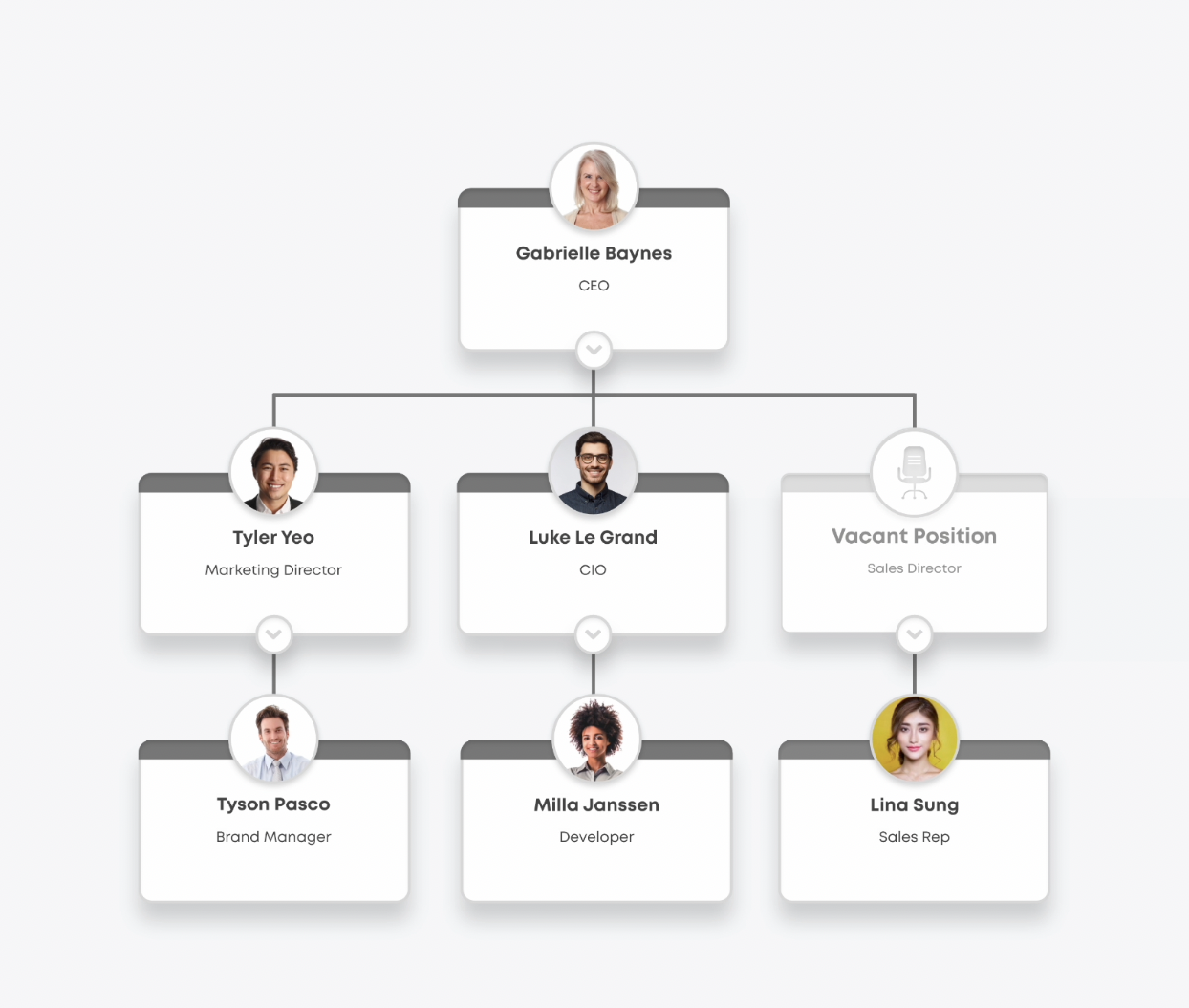
Assign new role
Select the position this employee will be moving into from the list provided. The position must be vacant for you to be able to select it. Here you will also need to choose from your workflow approval groups which one is needed to approve the cross-boarding you are proposing.
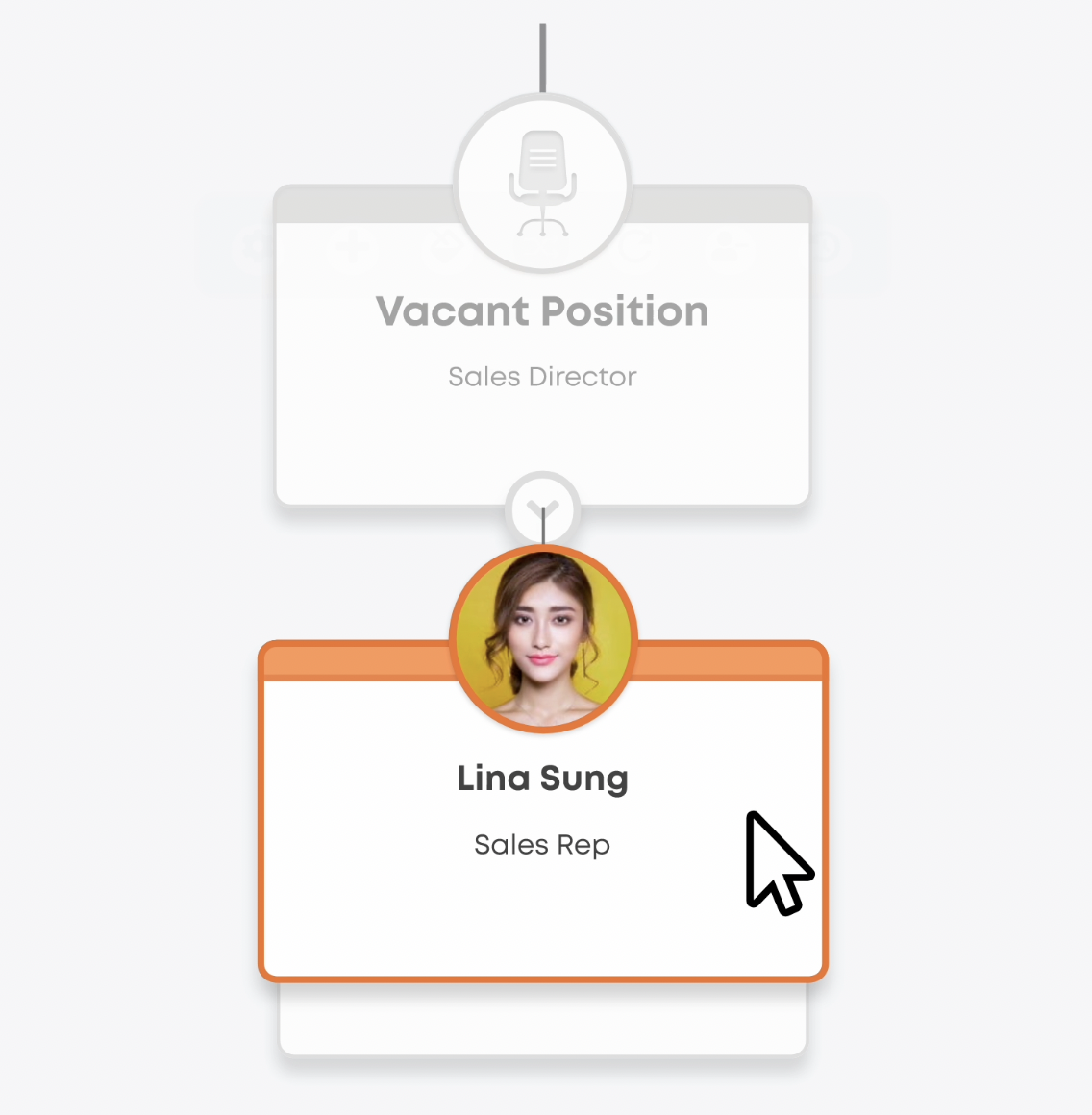
Finalise form
A form will then appear with two sides comparing the employee’s current role with their new role – similar to the form used for ‘change of staff conditions’ process. Both sides of this form will be pre-populated by our system. This is done using the information you have provided in the employee’s profile and the vacant positions profile. Look over this information as a final check. You will also need to select the date that this employee will commence their new role.
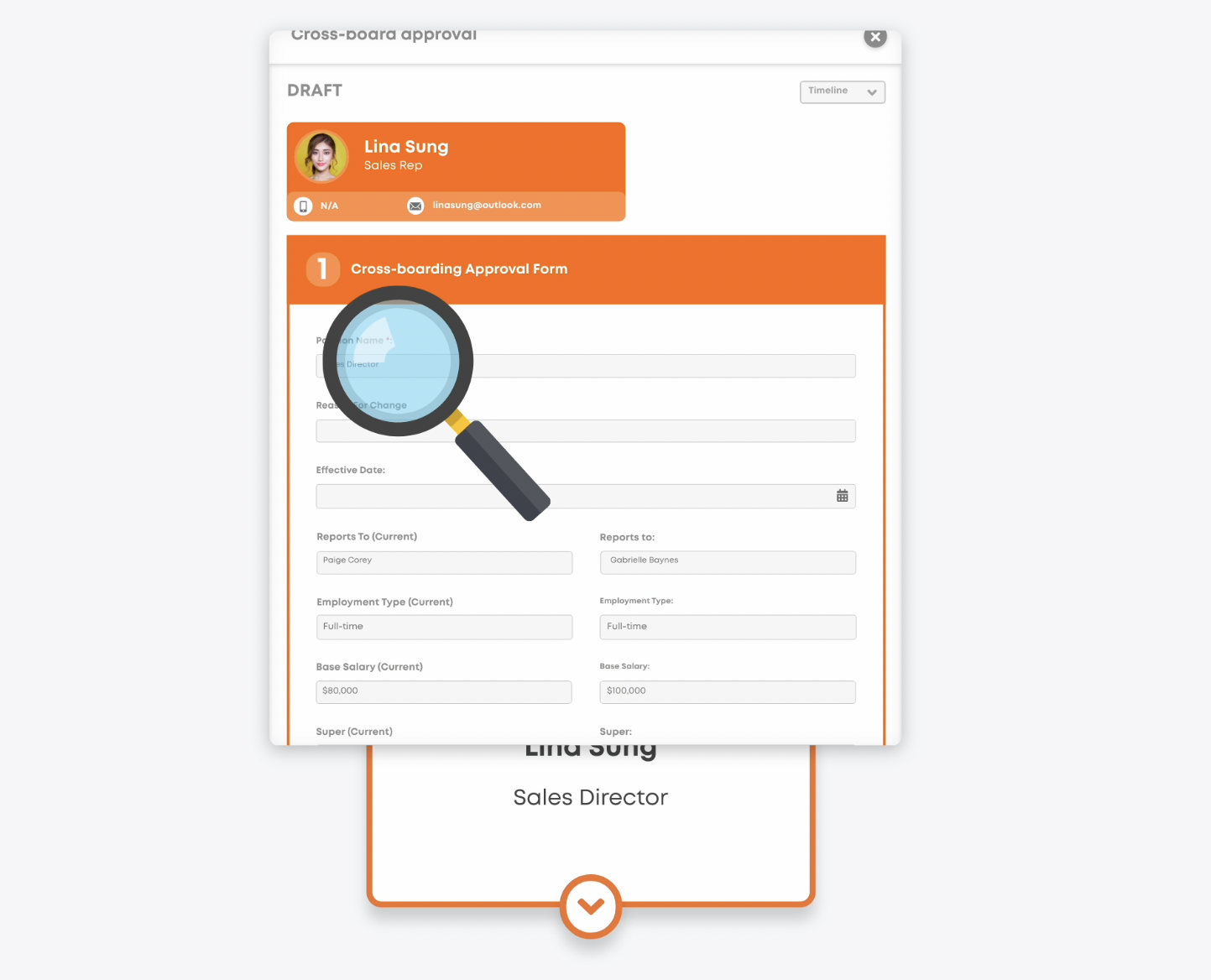
Approve proposed changes
After completing the form simply press submit. This will send the proposed changes to the necessary managers for approval.
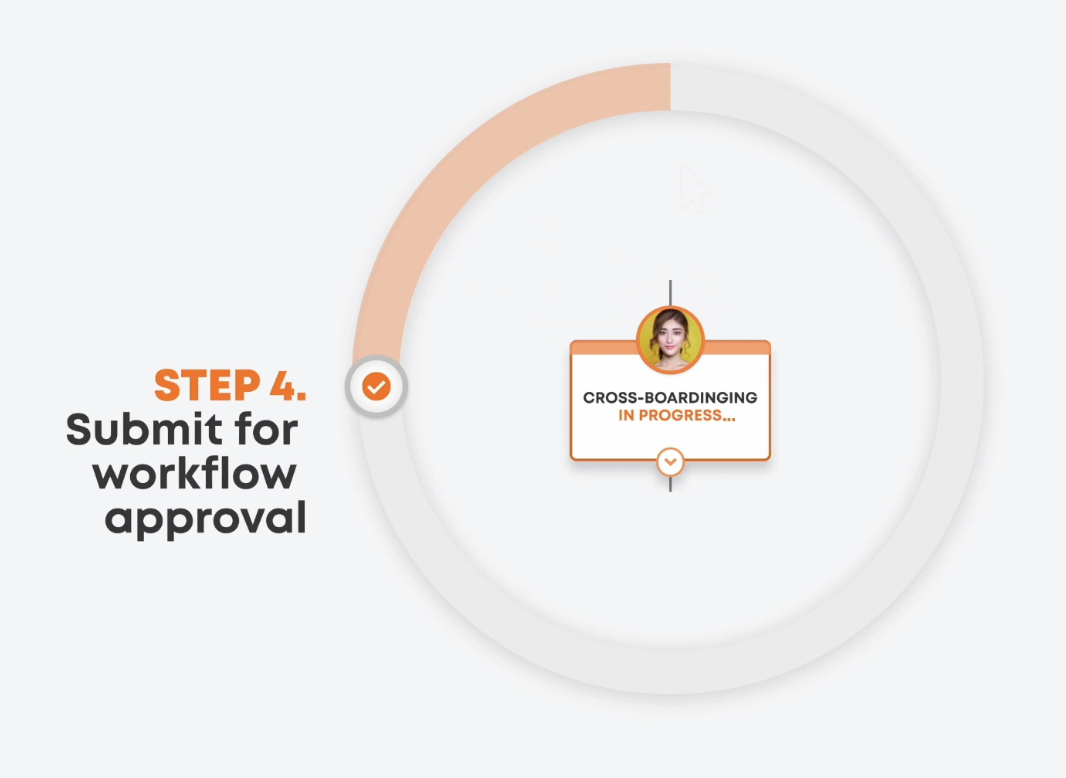
Sending documents to employee
Our system will automatically send the necessary documents to the employee to be approved, once management has signed off.
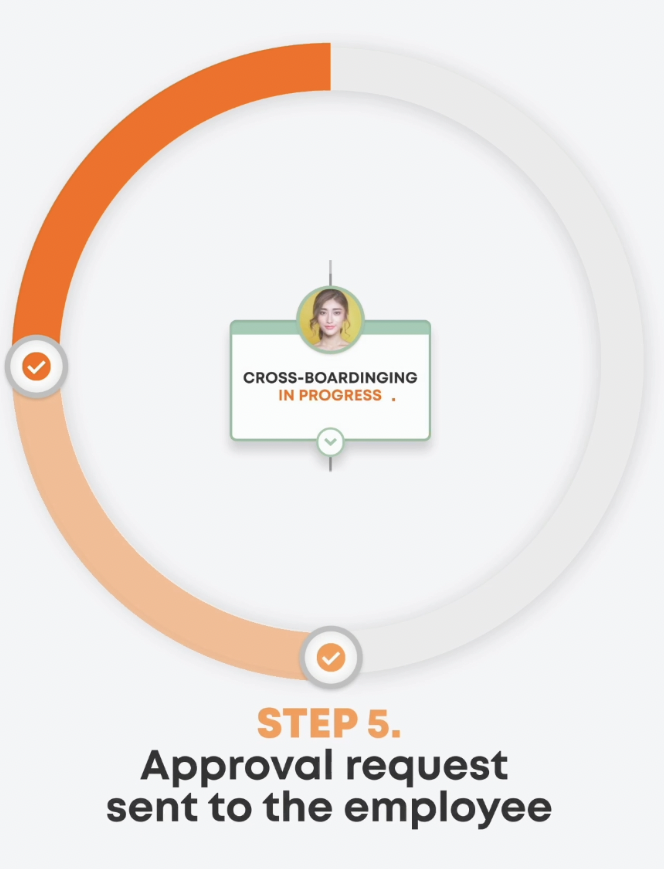
Employee signs documents
When the employee has signed off, the process is complete! The employee will remain in their current position until the date these changes come into effect.

Complete
And just like that the cross-boarding process is complete!
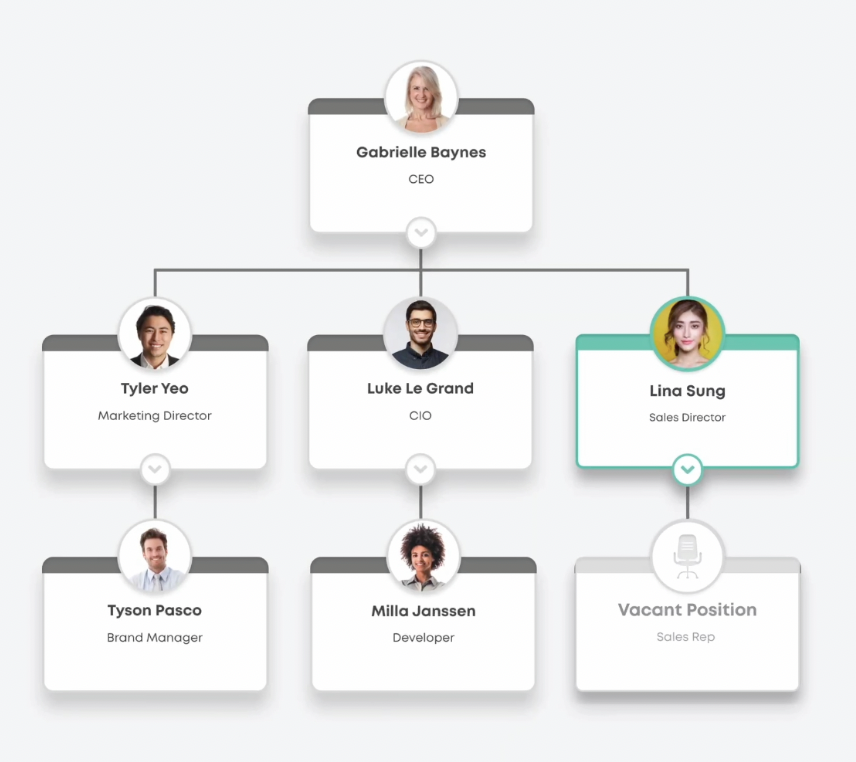
Final Thoughts
Cross boarding doesn’t have to be a difficult process. It can and should be a process which is achievable in a matter of minutes. The above method is time-efficient, cost-effective and allows you to remain compliant in your approval processes. Frankly, there is no reason you should still be doing the cross-boarding process any other way.
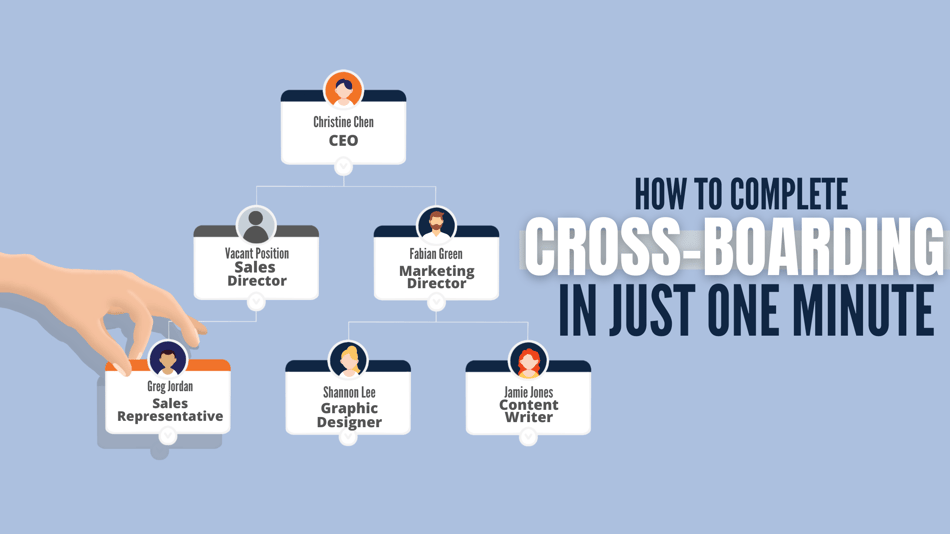


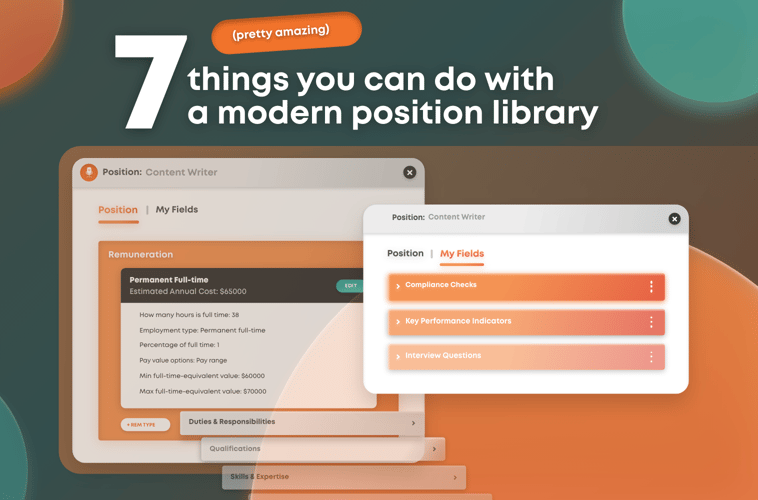
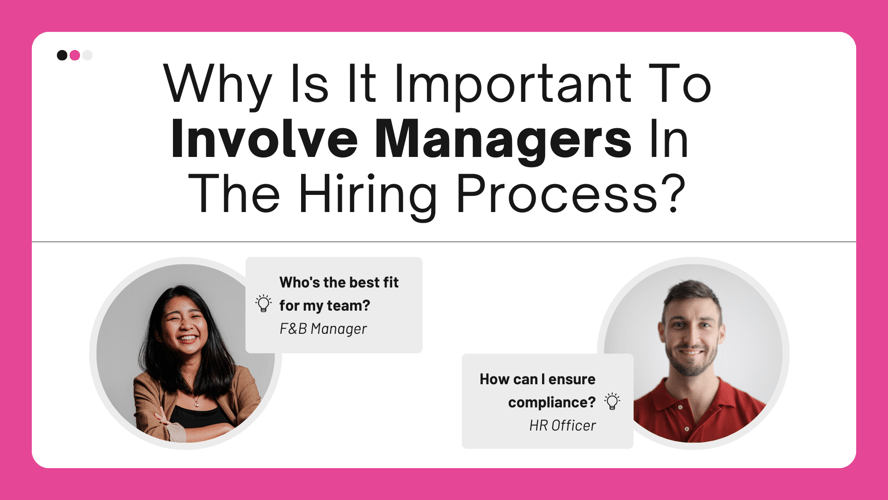
Blog comments